The most dangerous assumption about transformation is that you change yourself in isolation, then wait for your world to catch up.
Over the past few days, we’ve explored how your brain filters reality through CNN-like processing systems (Day 13), how your biological filters like the RAS and thalamus shape what you perceive (Day 14), and how neuroplasticity allows you to systematically retrain these filtering patterns (Day 15).
But here’s what I discovered that changes everything:
Your upgraded filters don’t just change what you see,
they change what sees you.
When you systematically upgrade your perceptual filters, you don’t just notice different things in the same environment. You alter the very fabric of opportunities, relationships, and possibilities that show up in your life. Your internal changes create external environmental shifts that accelerate further internal development.
This isn’t mystical thinking. It’s systems thinking applied to consciousness.
Through years of studying breakthrough transformations—both my own and those I’ve facilitated for others—I’ve identified what I call Clarity Loops: self-reinforcing systems where conscious filter upgrades create environmental feedback that compounds your growth exponentially.
The discovery happened through what others insisted was an “impossible” project.
The Project That Revealed the Pattern
In 2017, I encountered a challenge that perfectly demonstrated how filter upgrades reshape reality itself.
A client approached us with a project that had already consumed over two years and multiple development teams without success. The objective seemed straightforward: design an algorithm that could work with 3D scans of the human body to create hyper-personalized products for reliable 3D printing.
Previous teams had struggled with fundamental measurement accuracy issues. The technology existed in pieces—3D scanning, algorithmic processing, 3D printing—but no one had integrated them into a system producing consistent results within acceptable error margins.
After 24+ months of development, they had nothing viable.
Most people examining this timeline would conclude the project was genuinely impossible, or required breakthrough technology that didn’t yet exist.
But I was running a different filter.
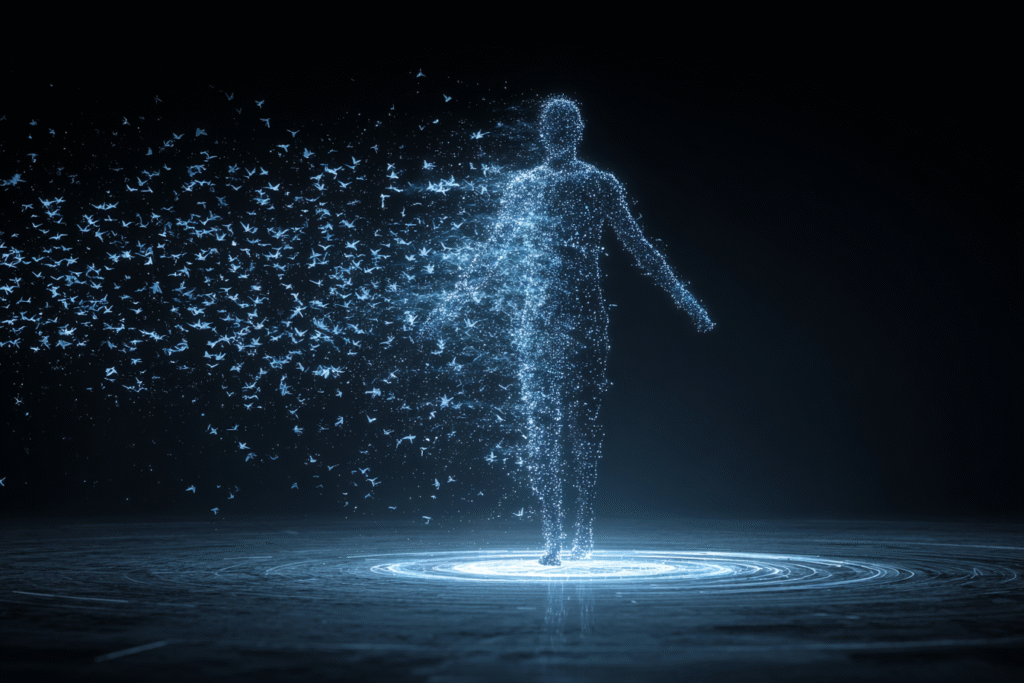
The Filter That Transforms Impossible Into Inevitable
Instead of the common patterns—”This is impossible” or “This needs more resources”—my automatic response was:
“Solutions exist, I’m just not seeing them yet.”
This wasn’t positive thinking or forced optimism. This was a specific filtering pattern I’d developed through applying the FILTER 2.0 method we explored in Day 15: a neuroplastically-trained automatic response that had become my default approach to complex challenges.
The filter immediately shifted my entire approach to the problem.
Rather than trying to incrementally improve existing approaches or gathering more information, I started from first principles: What are we actually trying to achieve? What are the fundamental constraints? Where might solutions exist that we haven’t explored?
When Environmental Awareness Exponentially Expands
Here’s where the magic of systematic filter upgrades revealed itself.
The solution-detection filter didn’t just change my thinking—it changed my entire environmental awareness. Instead of looking for confirmation that the project was difficult, I found myself noticing patterns and connections everywhere that might be relevant.
I remember the precise moment this happened.
Walking outside during a quick break, I watched a flock of birds moving in perfect synchronization, shifting and flowing as one cohesive unit. Most people see this and think “beautiful natural phenomenon.” But with my systematically upgraded filter active, I saw something else: a 3D point cloud in motion.
This wasn’t random insight—it was the result of the neuroplastic filter training creating cross-domain pattern recognition.
That observation launched a research path I wouldn’t have otherwise explored: How do flocks maintain spatial relationships? What’s the mathematical structure behind their coordinated movements in space? How do individual points relate to the whole while maintaining precision?
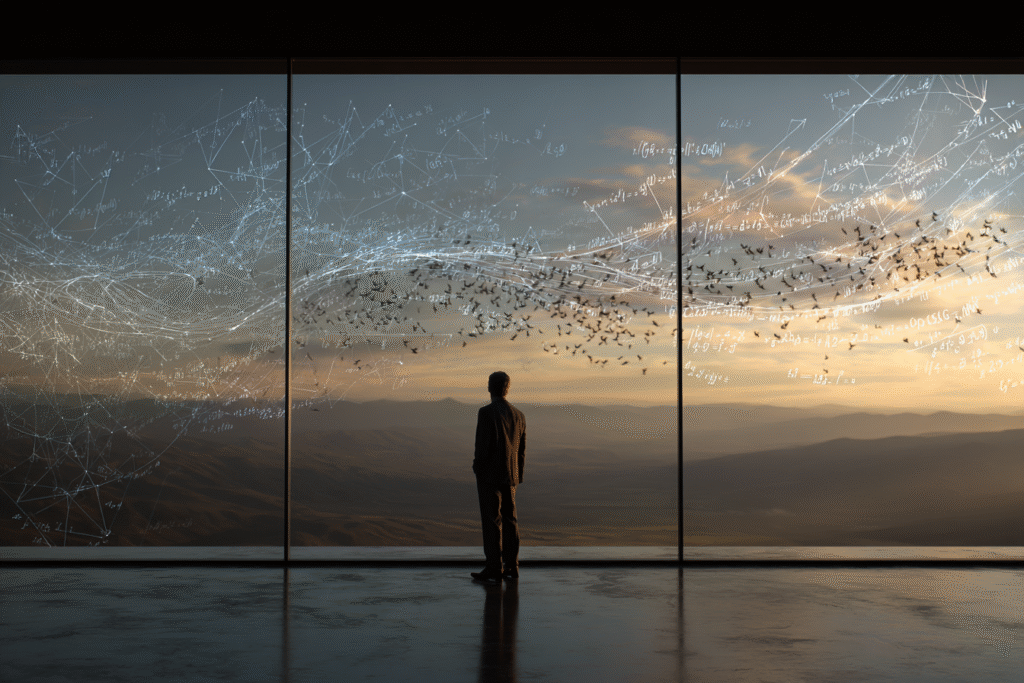
But this wasn’t the only connection the upgraded filter revealed.
I also started recognizing relevant principles in crime scene investigation techniques—how forensic teams use parallax and multiple reference points for accurate spatial measurements. In computer vision applications measuring distances through optical triangulation. In architectural surveying methods accounting for measurement error propagation.
None directly related to 3D body scanning applications, but each contained adaptable principles.
This is how upgraded filters compound: they don’t just improve performance in one domain—they create cross-domain pattern recognition that exponentially expands solution-detection capabilities.
The Environmental Feedback Discovery
The filter didn’t just help me notice potential solutions—it created a systematic approach to testing them, exactly as the FILTER method predicts.
Each observation became an experiment: Could flock coordination mathematics apply to point cloud processing? Could forensic measurement techniques improve spatial accuracy? Could computer vision triangulation reduce error margins?
We entered what I now recognize as the core pattern of all breakthrough transformations:
Try → Test → Evaluate → Refine → Integrate → Environmental Response
Some approaches worked partially. Others failed completely. But the filter kept me focused on the meta-question: “What is this teaching me about what I’m not seeing yet?”
After six weeks of systematic experimentation, we discovered something remarkable: the solution wasn’t in one particular breakthrough, but strategic combination of multiple principles working together.
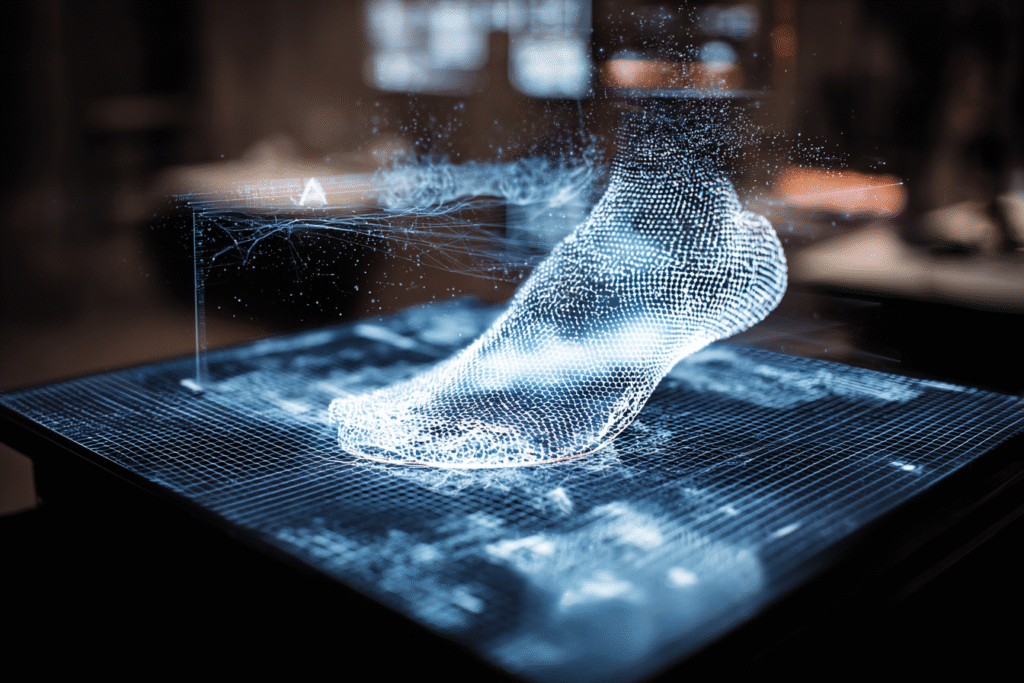
Based on this, we developed a spatial algorithm based on modified flock coordination mathematics. We integrated computer vision triangulation for enhanced measurement accuracy. We created complementary 2D measurement processes inspired by forensic documentation methods.
Three months after starting—while previous teams had spent over two years without success—we delivered a working system achieving plus or minus 2 millimeter accuracy from measurement to production.
The Environmental Transformation Effect
But here’s what revealed the deeper pattern: the breakthrough wasn’t just technical.
The project established us as the team that could solve “impossible” problems.
Word spread quickly. New challenges started appearing that others had abandoned. Clients began approaching us specifically because they needed someone who could “find the way” when conventional approaches had failed.
My systematically upgraded “solutions exist, I’m just not seeing them yet” filter had created an environmental feedback loop that changed my external reality:
- The filter enabled the breakthrough
- The breakthrough created a reputation
- The reputation attracted more complex challenges
- Complex challenges provided more opportunities to practice and refine the filter
- Enhanced filter capabilities led to more breakthroughs
This is the pattern I call a Clarity Loop: internal filter upgrades that create external environmental changes that accelerate further internal development.
Reality is a Responsive System
What I realized was that this wasn’t just about having better problem-solving skills or being more persistent.
Your internal filtering systems don’t just determine what you notice—they actively reshape what becomes available for you to notice.
When you upgrade your filters systematically using the neuroplastic principles we explored in Day 15, you don’t just change your interpretation of a static environment. You change your interaction with a dynamic environment that responds to how you engage with it.
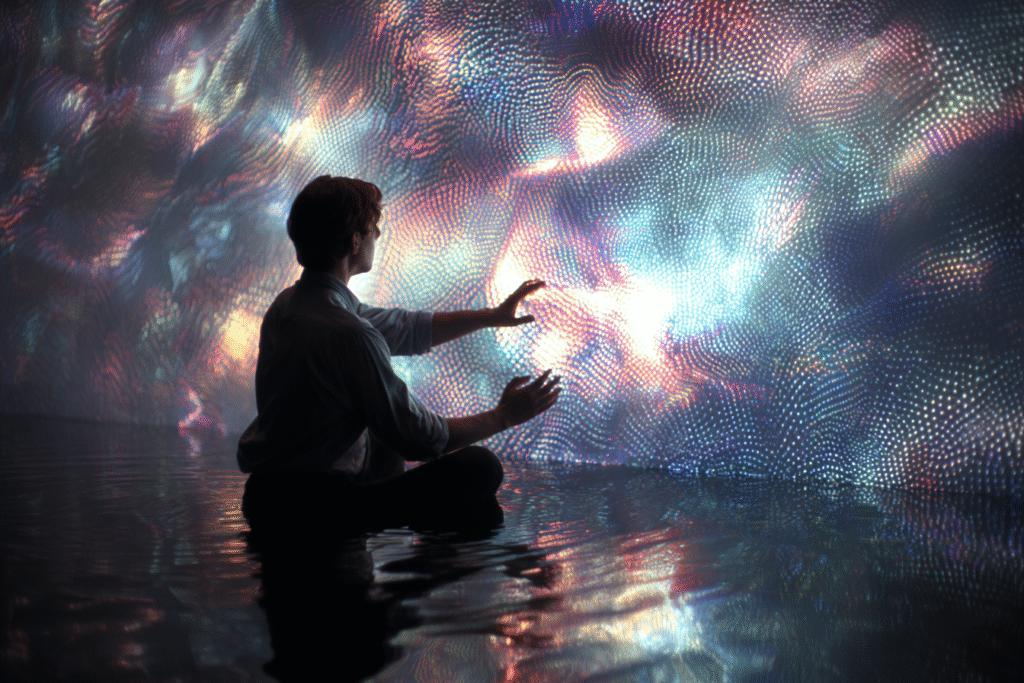
The filter changed what I noticed, which changed how I approached problems, which changed the results I created, which changed how others perceived my capabilities, which changed the opportunities that found their way to me.
This builds on everything we’ve explored—from CNN-like processing to RAS filtering to neuroplastic retraining—but reveals something profound:
Your consciousness, your reality, and your environment exist in a continuous real-time feedback relationship.
Pattern Recognition Across All Domains
The most remarkable aspect of this discovery is how filter upgrades accelerate pattern recognition across seemingly unrelated domains.
When your brain is systematically calibrated to notice solutions using the FILTER 2.0 method, it doesn’t just find solutions in your primary focus area. It starts detecting solution-patterns everywhere: in nature, other industries, casual conversations, books you read for completely different purposes.
The connection between birds flocking and 3D point clouds exemplifies this. The filter wasn’t just active during work hours or when consciously thinking about the project. It had become an automatic background process continuously scanning my environment for potentially relevant patterns that could lead to answers and solutions.
Each discovery strengthened cross-domain pattern recognition. Better pattern recognition led to more solutions, which improved recognition capabilities further—creating the exponential effect that distinguishes breakthrough performers from linear improvers.
The Architecture Behind Breakthrough Transformation
The deepest insight from the impossible project wasn’t technical—it was architectural.
I realized I could consciously design my internal filtering systems to create external environmental conditions that would further enhance my internal filtering capabilities. This wasn’t just about solving one problem more effectively; it was about building a systematic approach to expanding what becomes possible.
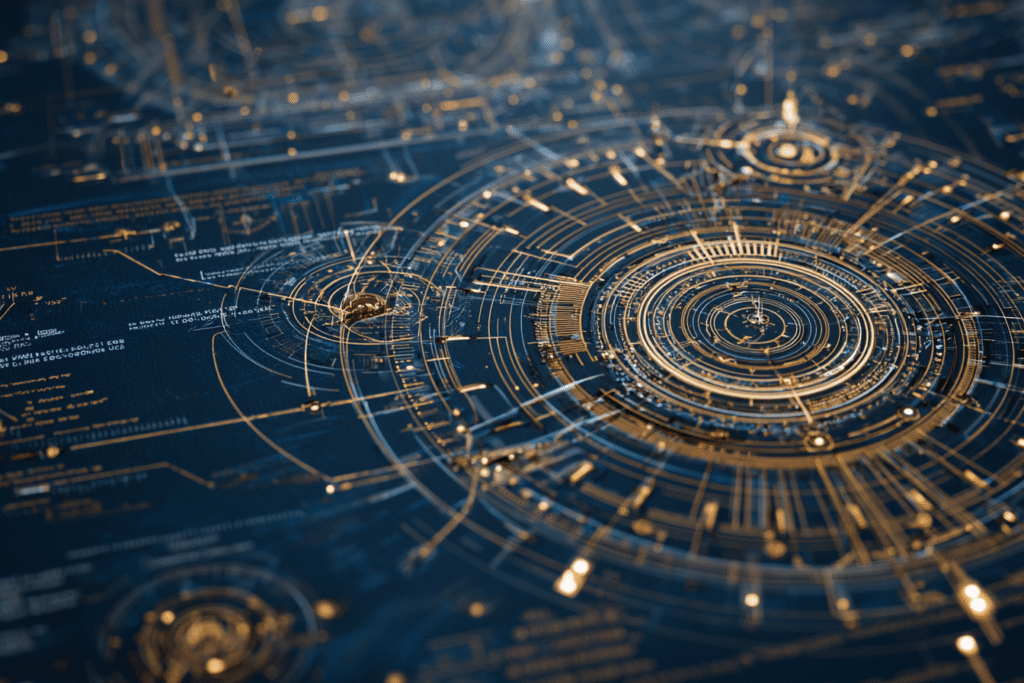
This is the essence of what I call the Clarity Loop Architecture: using conscious filter calibration to create environmental feedback systems that compound your perceptual and creative capabilities over time.
Understanding this principle transforms how you approach any significant challenge or growth opportunity. Instead of just working harder or thinking differently, you can engineer the conditions that make breakthrough thinking and breakthrough results more likely to emerge naturally.
From Discovery to Design
The “impossible” project revealed that the most powerful transformations don’t happen through isolated internal work—they emerge through systematic design of consciousness-environment feedback loops.
Your upgraded filters create micro-changes in how you show up, which influences how others respond to you, which creates new opportunities, which provides different experiences to learn from, which further refines your filters in an accelerating positive spiral.
But here’s the crucial insight:
Transformations can be designed consciously rather than discovered accidentally.
The question that emerged from this line of thought: How do you systematically architect these feedback loops instead of hoping they develop randomly?
That question led to identifying the four foundational pillars that turn accidental Clarity Loops into engineered systems for conscious reality design—which we’ll explore in tomorrow’s deep dive into the complete architectural framework.
For today, consider this:
What filter upgrade would create the most environmental feedback in your current situation? What would others notice differently about how you engage with challenges and opportunities?
Your first Clarity Loop begins with recognizing that your next conscious filter choice doesn’t just change your inner experience—it begins reshaping your outer reality.
See you in the next insight.


